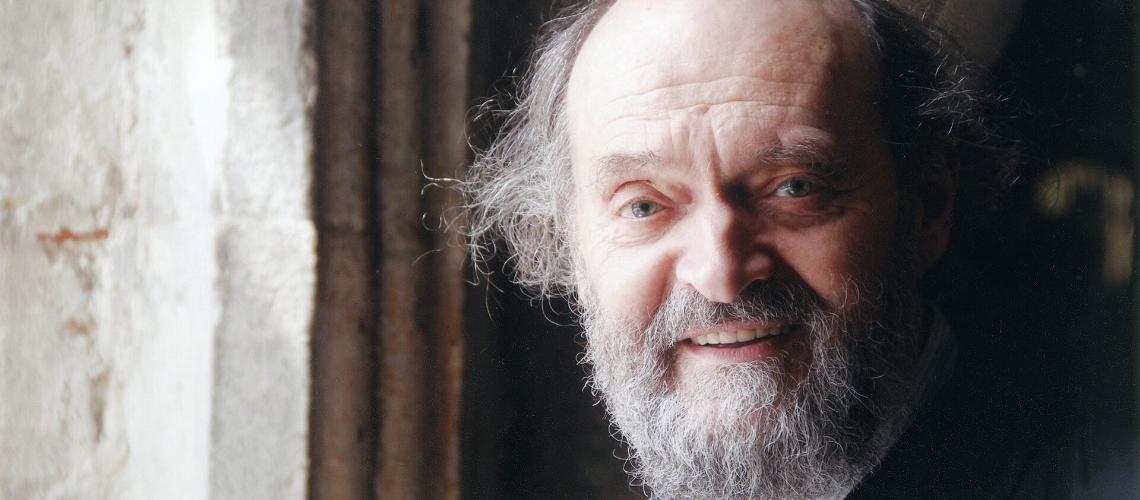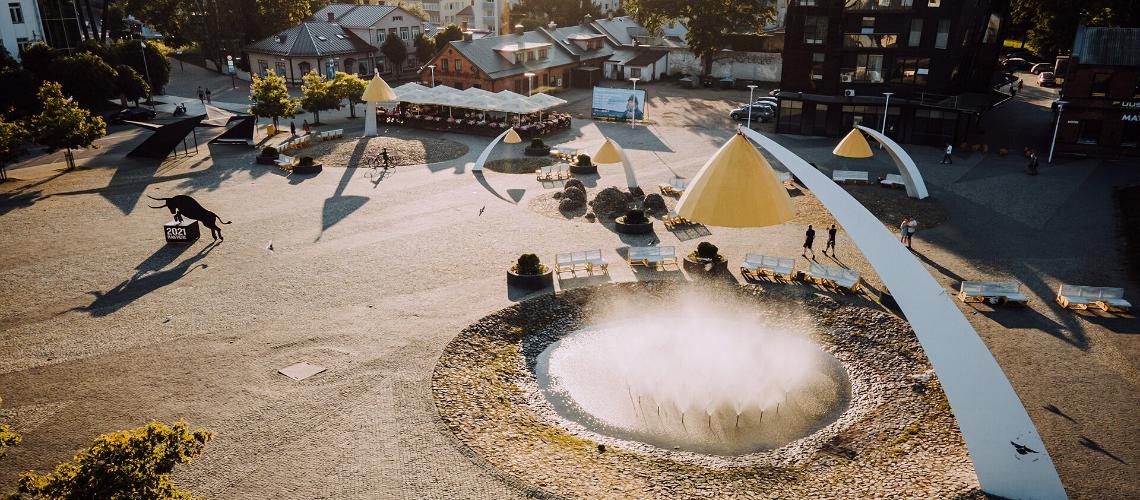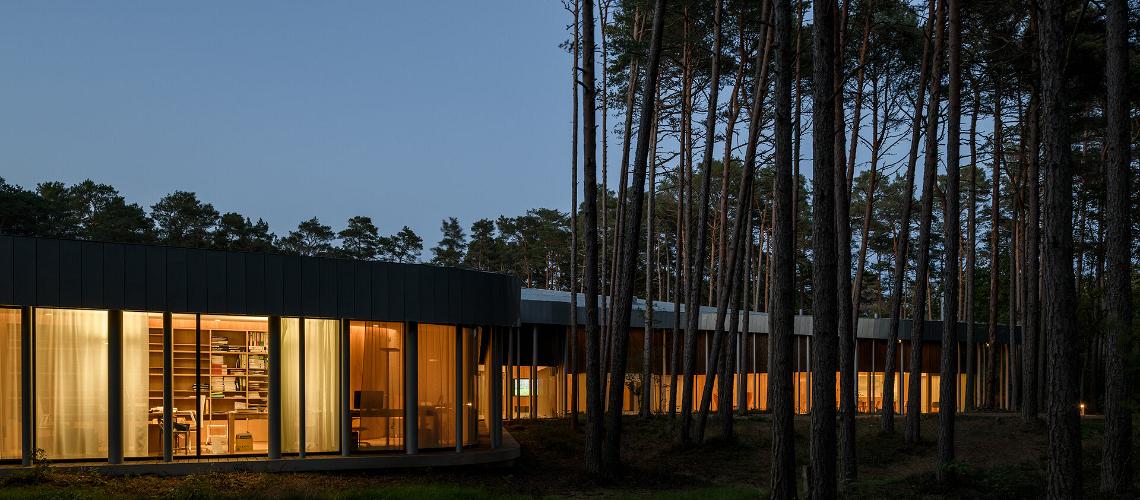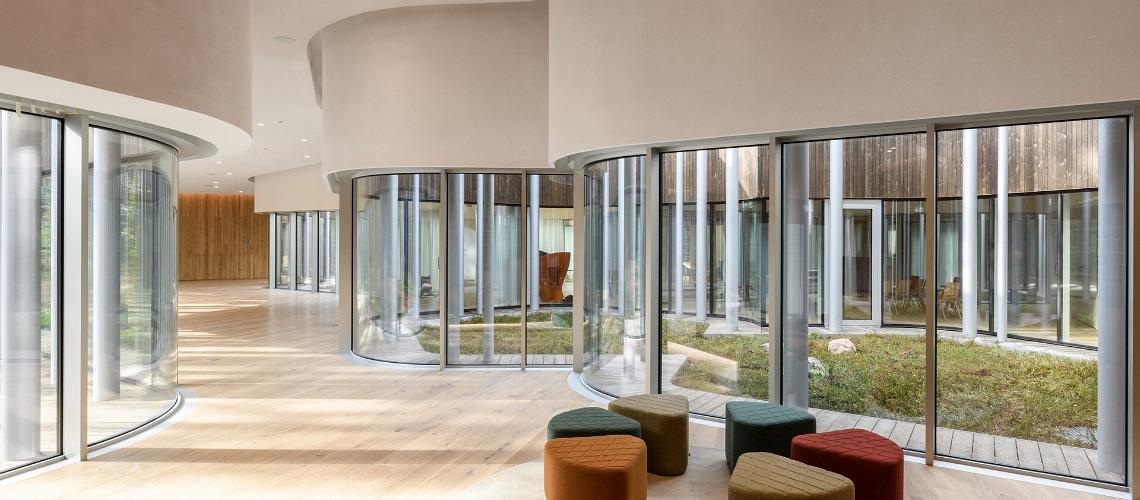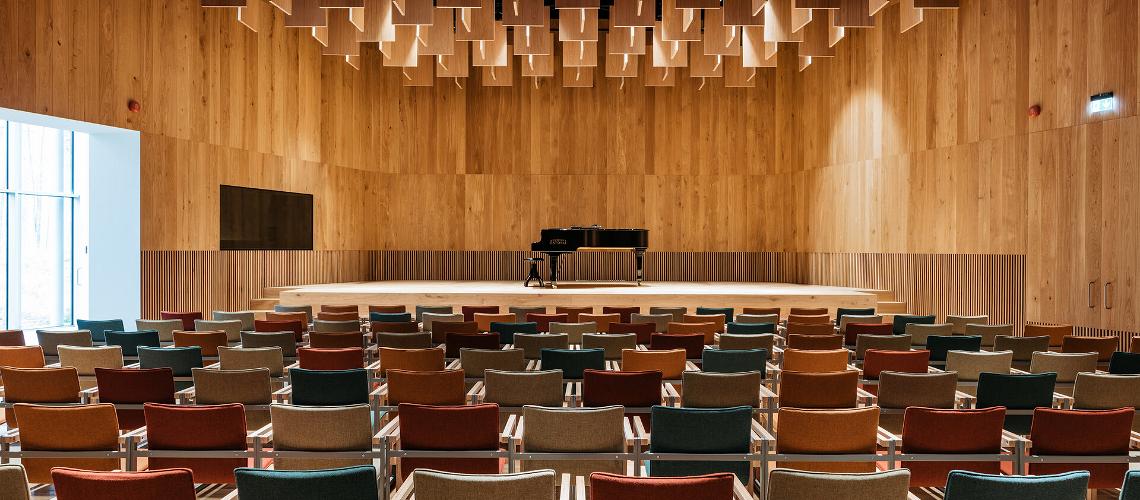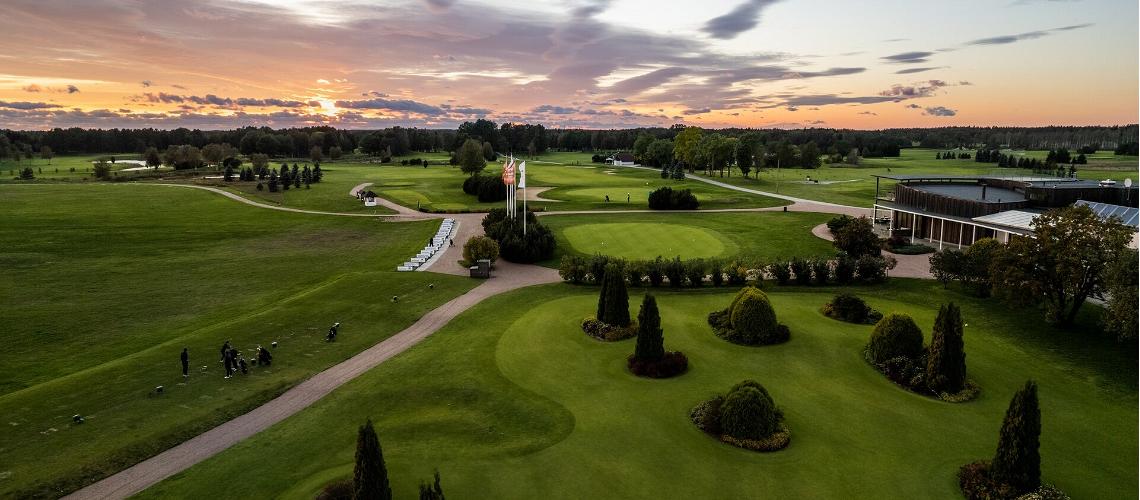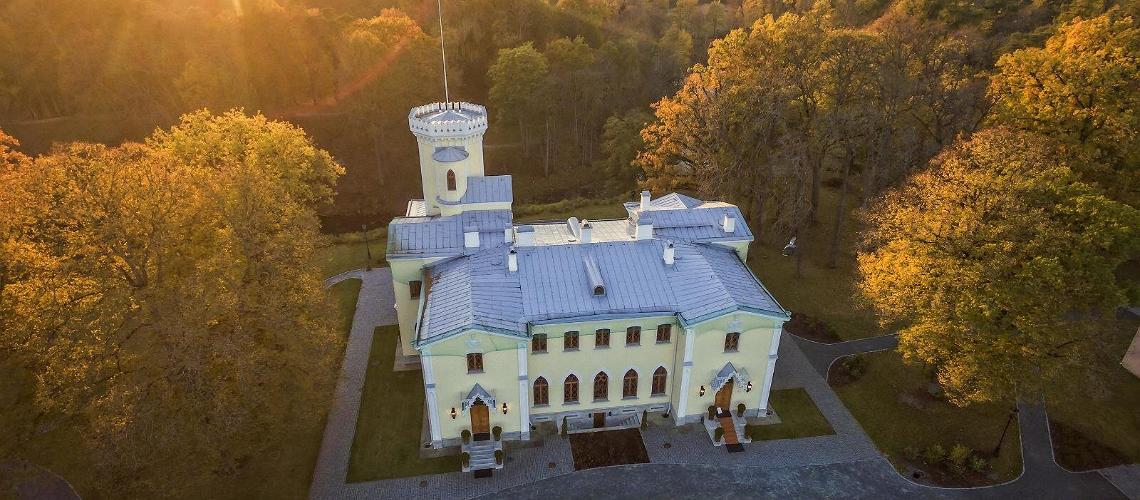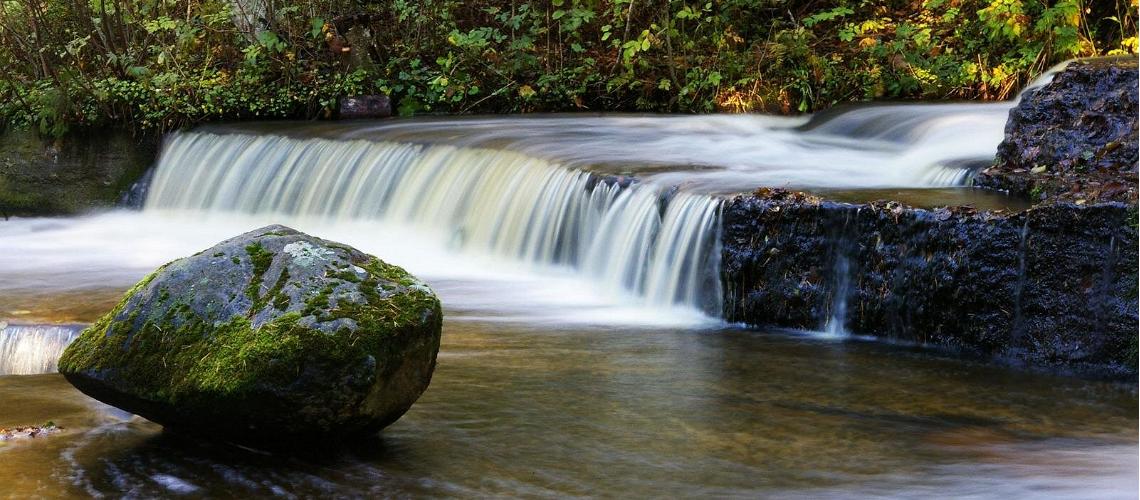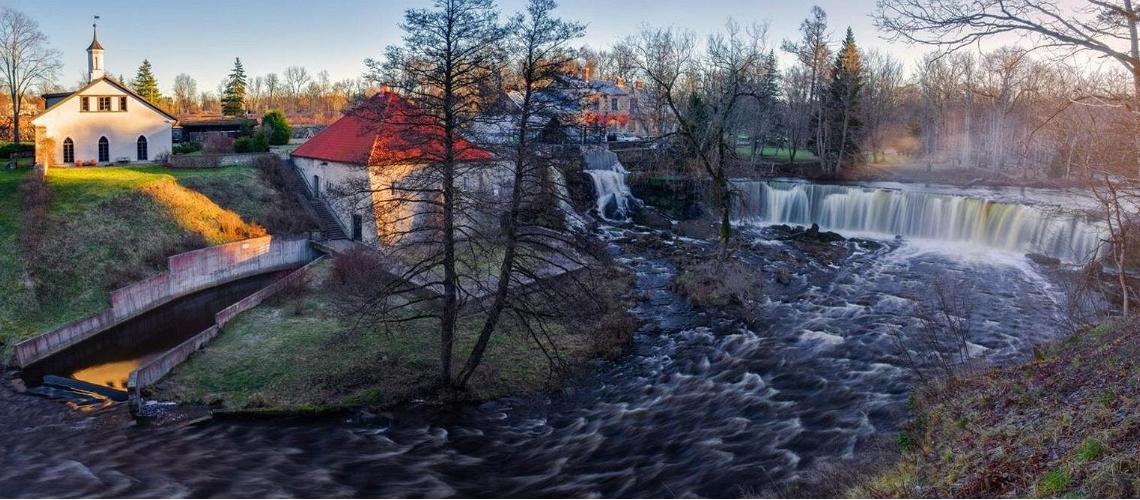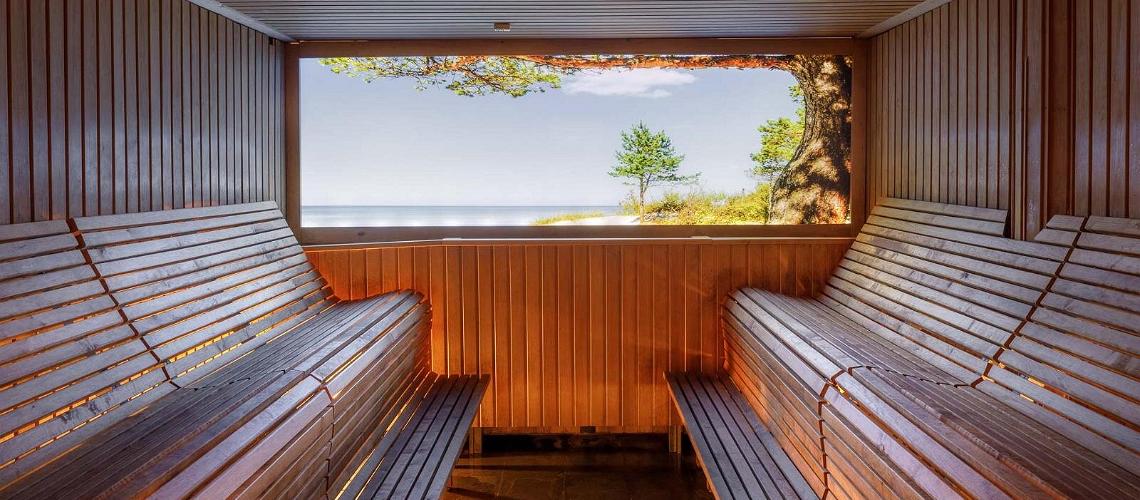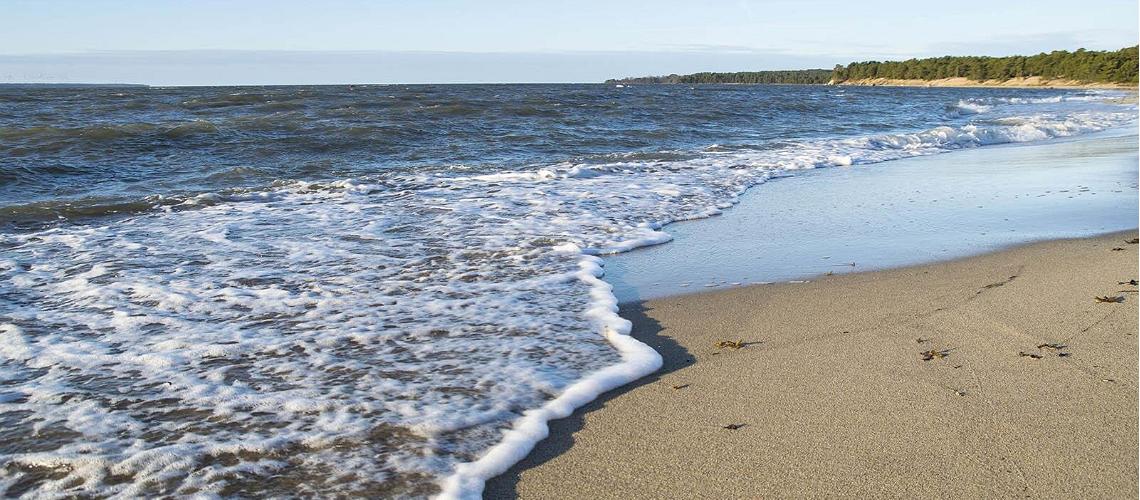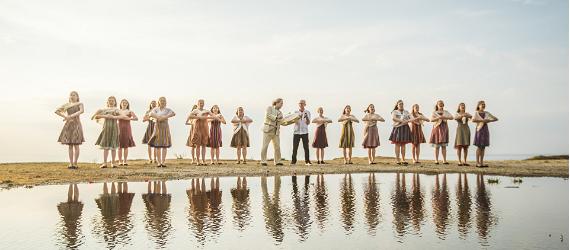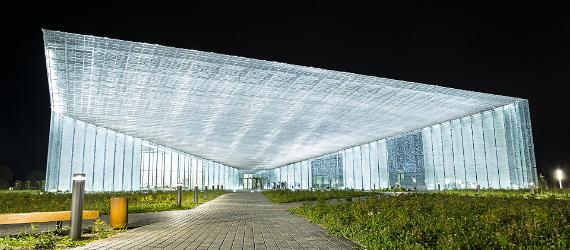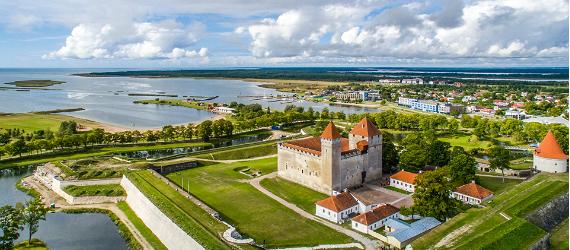Björk, Sigur Rós, Thom Yorke of Radiohead, Nick Cave, PJ Harvey, and Rufus Wainwright all have something in common: they are fans of Arvo Pärt. Pärt is perhaps Estonia's most internationally recognized cultural export. His music has influenced musicians worldwide for the past half-century, and his contributions to modern music will continue to reverberate for decades, if not centuries, to come.
Arvo Pärt's early years
Arvo Pärt was born in Paide, a small town in central Estonia, and moved to Rakvere, North Estonia, as a young boy. He grew up playing the piano at home and went on to study music at the Tallinn Conservatory, now The Estonian Academy of Music and Theatre. Pärt became a popular composer during the 1960s, with his music appearing in several Estonian films.
The late 60s and early 70s were a time of great inner turmoil and introspection for Pärt. He immersed himself in Renaissance polyphony and Gregorian chant. He married and joined the Orthodox Church. Pärt spent this time searching, as he felt the traditional musical tools he had were insufficient for what he wanted to express, like trying to eat soup with a fork or meat with a spoon, as he once described it.
Tintinnabuli and emigration from Estonia
His breakthrough came in 1976 with a piano piece called Für Alina. He wrote it with a set of compositional rules he called tintinnabuli. In it, he combines two lines of sound into one, a case where one plus one equals one. Tintinnabuli is also known for its lingering notes, like the vibrations that float in the air after striking a bell. Für Alina and his 1978 Spiegel im spiegel are still two of his most widely recognized pieces.
Much of Pärt's music is sacral, inspired by liturgical texts. This was taboo during the Soviet occupation of Estonia, where authorities tried to suppress open affirmations of the Christian faith. They also considered him too influenced by the West, where he was beginning to earn critical praise. Soviet authorities eventually forced Pärt and his family to emigrate from Estonia in 1980.
After spending time in Vienna, they moved to Berlin, where they lived for nearly three decades. There Pärt enjoyed creative freedom and continued to compose. Pärt's diverse creations include organ pieces, chamber music, orchestral music, symphonies, works written for choirs and soloists, and a cappella choir music.
Return to the homeland
In 2010, Arvo Pärt and his family returned to live full-time in Estonia. Once back in Estonia, they founded the Arvo Pärt Centre to preserve Pärt's personal and professional archives and create a meeting space for musicians and anyone interested in his worldview.
For much of the last decade, Pärt has held the top position as the most-performed contemporary composer, according to statistics compiled by the classical music website Bachtrack.
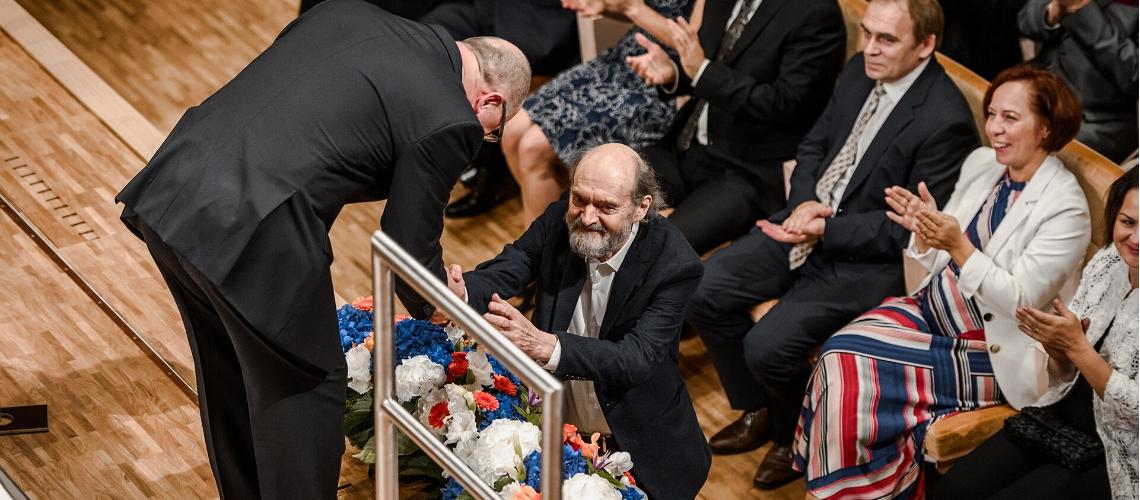
In 2023, Arvo Pärt was the world's second-most-performed living composer.
Photo by: Jelena Rudi/Estonian Academy of Music and TheatreVisiting the Arvo Pärt Centre
The Arvo Pärt Centre is located in Laulasmaa, a seaside village about 35 kilometers west of Tallinn. It is reachable by bus or car, but to get to the Centre from the parking lot, you must follow a walking path through the woods. In summer, listen for birdsong; in winter, appreciate the snow-covered pine trees. In any season, you begin to understand why Pärt places so much importance on silence in his compositions as you approach the building.
The building places glass, wood, and concrete in dialogue with the surrounding forest. There are no right angles, making it seem endless as one space leads into the next.
Once inside, a video introduces you to Pärt's life and work, and you can listen to an audio guide as you walk through the exhibition area. There's also a small Orthodox chapel in one of the courtyards, a library, an intimate 150-seat concert hall, and a cafe. An observation tower looms over the trees. When the tower is open during the warmer months, you can enjoy a bird's-eye view of the Baltic Sea from the top.
The Arvo Pärt Centre hosts world-class concerts and academic lectures throughout the year. True fans will want to come to Estonia in September to enjoy Pärt Days, celebrated with a series of concerts around Estonia.
What to do in Laulasmaa and the surrounding region
It's fitting that the Arvo Pärt Centre should be located in Laulasmaa, which means "singing land" in Estonian. The village got its name from the "singing" sands of the beach, so named for the sound they make as you stroll along with bare feet. Laulasmaa beach is long and uncrowded, with a surf club for those interested in water sports.
About one kilometer from the Centre is LaSpa Laulasmaa. This spa resort offers accommodation, a spacious pool and sauna center, and Wicca, one of the few restaurants outside of Tallinn to receive a spot in the Estonian edition of the MICHELIN Guide.
A short drive away, you can find Niitvälja Golf, one of the best courses in the Baltics, Treppoja cascade, Keila waterfall, and Schloss Fall, a luxury boutique hotel, restaurant, and museum in the renovated Keila-Joa Castle.
Though Laulasmaa is close enough to make it an easy day trip from Tallinn, the beauty and serenity of its nature make it seem like a world away. A visit allows you to experience Estonia through Pärt's eyes as a land that invites slow travel, reflection, and appreciation of small wonders.
Arvo Pärt's son Michael said it best in an interview with Bachtrack: "It's so easy to get distracted, to lose focus ... given all the daily noise that is inside us. Out here [in Laulasmaa], in the forest ... you experience the silence around you. The listener in harmony with the environment."















